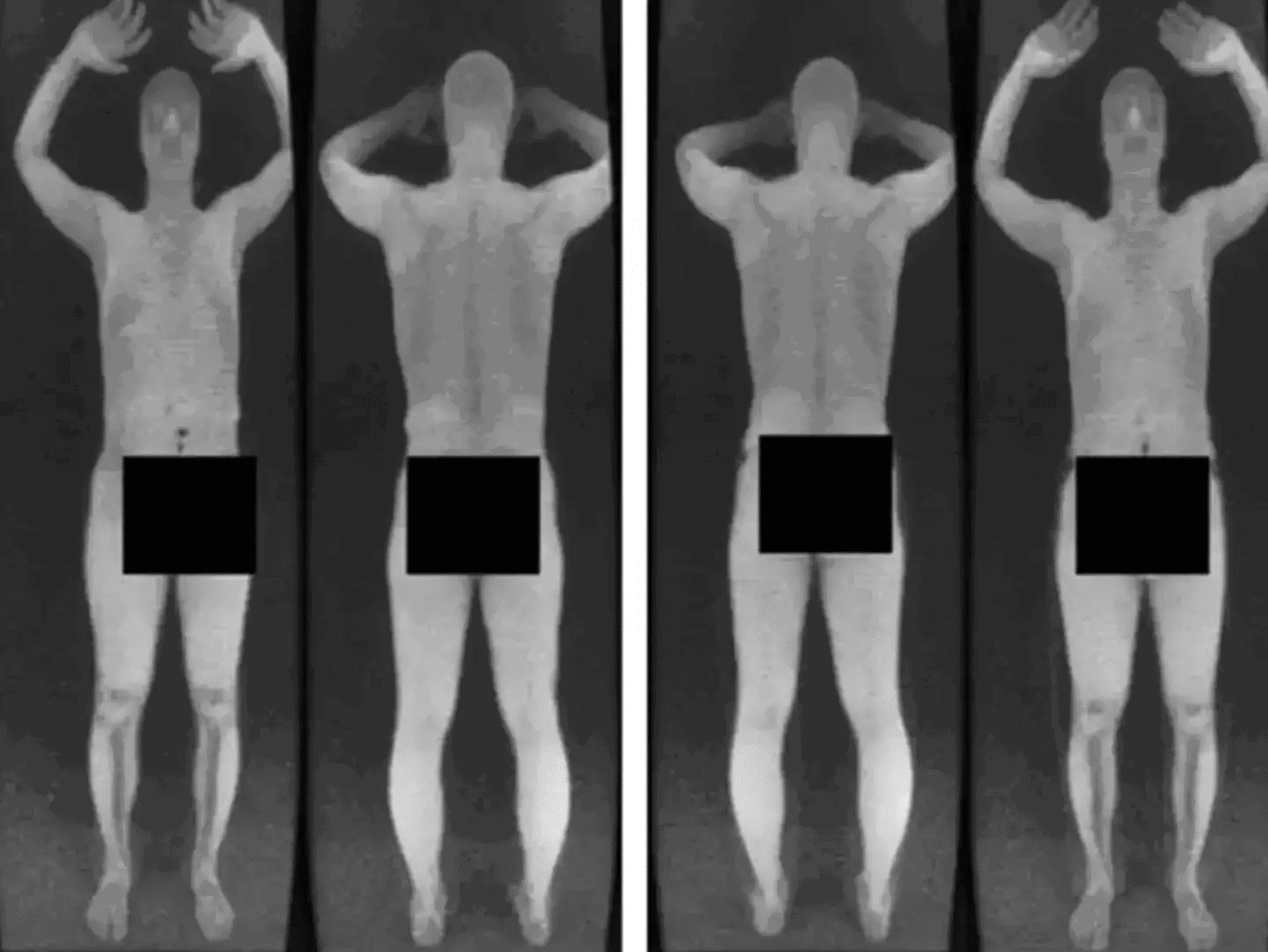
Airport X-Ray Scanners Upgrade: Shocking Level of Details
Airports worldwide have recently undergone major security upgrades — but few have drawn as much surprise and debate as the overhaul of full-body scanners in U.S. airports. Originally designed to enhance safety, these machines soon faced public outrage due to the astonishing level of bodily detail they revealed, igniting widespread privacy concerns.
The move toward full-body scanners began after a 2009 incident when a passenger attempted to detonate explosives hidden in their underwear. In response, the Transportation Security Administration (TSA) introduced scanners developed by OSI Systems’ Rapiscan division, which produced infrared images of passengers. However, these images were so revealing that travelers felt uncomfortably exposed, prompting immediate backlash over the invasion of personal privacy.
Under mounting pressure, the TSA required Rapiscan to create software capable of obscuring sensitive body details. Despite being given a deadline of June 2013, the company failed to meet the new standards. As a result, the TSA ended its contract, stating that the vendor could not deliver non-imaging Automated Target Recognition (ATR) software as required.
By mid-2013, the TSA replaced Rapiscan’s scanners with advanced models from L-3 Communications. The new technology displayed generic outlines of passengers instead of detailed body scans, successfully easing privacy fears while maintaining high levels of security. These upgrades also made screening lines faster and less stressful for travelers.
Before these changes, airport security was already a source of tension — the invasive scanners only added to passengers’ anxiety. While some experts claimed that older machines were more thorough, TSA officials emphasized that the upgraded scanners offered a more balanced approach, protecting both traveler safety and personal dignity.
The controversy surrounding these scanners revealed an important truth: as technology advances, so must the ethical standards and transparency behind its implementation. The TSA’s decision to listen to public feedback and modify its approach reflects a growing awareness of the need for accountability in security practices.
The U.S. scanner upgrades have since influenced airports around the world. Many nations are now adopting similar technologies that strengthen security while respecting privacy, signaling a shift toward less invasive yet equally effectivemethods of screening.
As technology continues to evolve, the next phase of airport security may include AI-driven screening systems and biometric verification, offering even greater efficiency. Yet the lessons from the full-body scanner controversy serve as a vital reminder: safety innovations must always balance security, privacy, and public trust.
News in the same category


EVERYTHING JAMES FRANCO SAID ABOUT BEING ‘CAST OUT’ FROM HOLLYWOOD DURING HIATUS

Strictly Come Dancing star eliminated from competition on their birthday

Coronation Street's Lucy Fallon shows off huge ring as she announces engagement

MAFS UK’s ‘strongest’ couple split after romantic display at reunion

Princess Beatrice says ‘it can be incredibly lonely’ in new podcast interview

I'm A Celeb's Kelly Brook's brutal response about her weight to online trolls

Kerry Katona says birthday ‘triggers’ depression over foster care memories

MAFS UK’s Davide breaks silence over ‘painful’ split from Keye

If You See A Purple Butterfly Sticker Near A Newborn, Here’s What It Means

16-Pound Giant Baby Made Headlines In 1983, But Wait Till You See Him Today

World’s Most Secret Underground Villa Built By A Woman Living Off The Grid

My nana taught me this hack to deodorize trash cans in 2 mins with 0 work. Here’s how it works

Neat Hack

I Had No Idea What That Little Fabric Square Was For — Until Now

12 Weird but Genius Ways to Unclog Things Naturally

Put Borax on Wax Paper and Slide It Under Your Fridge — Here’s Why

10 Surprising Ways to Use Vinegar Around the House

Works Like a Charm
News Post

The Woman Who Walked Into the Light — Even After Losing Her Sight.

The Man Who Saved Children in Silence.

Queen Bess: The Woman Who Refused to Stay on the Ground.

Makena’s Last Journey: A Mother’s Love in the Heart of Tsavo.

Capri’s Awakening: The Little Foal Who Forgot How to Join the World.

The Day a Cheetah Looked a Man in the Eyes — and Changed How We See the Wild Forever.

I Didn't Tell My Husband's Family I Speak Their Language, and It Helped Me Uncover a Sh0cking Secret About My Child

How I Exp0sed My Husband’s Li es: A Cheating Anniversary He'll Never Forget

THE CAT THAT BR0KE ALL THE RULES: A POLICE OFFICER'S UNEXPECTED MISSION

Mullein: Exploring the Benefits of Leaves, Flowers, and Roots

From White Hair to Naturally Darker Hair: Fast Home Remedies & Growth Tips

Teen told he just had ‘growing pains’ dies day after diagnosis

7 Ways To Use Vaseline For Wrinkle Free, Flawless Skin

EVERYTHING JAMES FRANCO SAID ABOUT BEING ‘CAST OUT’ FROM HOLLYWOOD DURING HIATUS

The #1 seed that makes bones & muscles strong—how to use it!

14 Warning Signs of Low Magnesium Levels and What to Do About It (Science Based)

Strictly Come Dancing star eliminated from competition on their birthday

Top 10 Foods to Heal Knee Pain and Boost Cartilage Naturally
